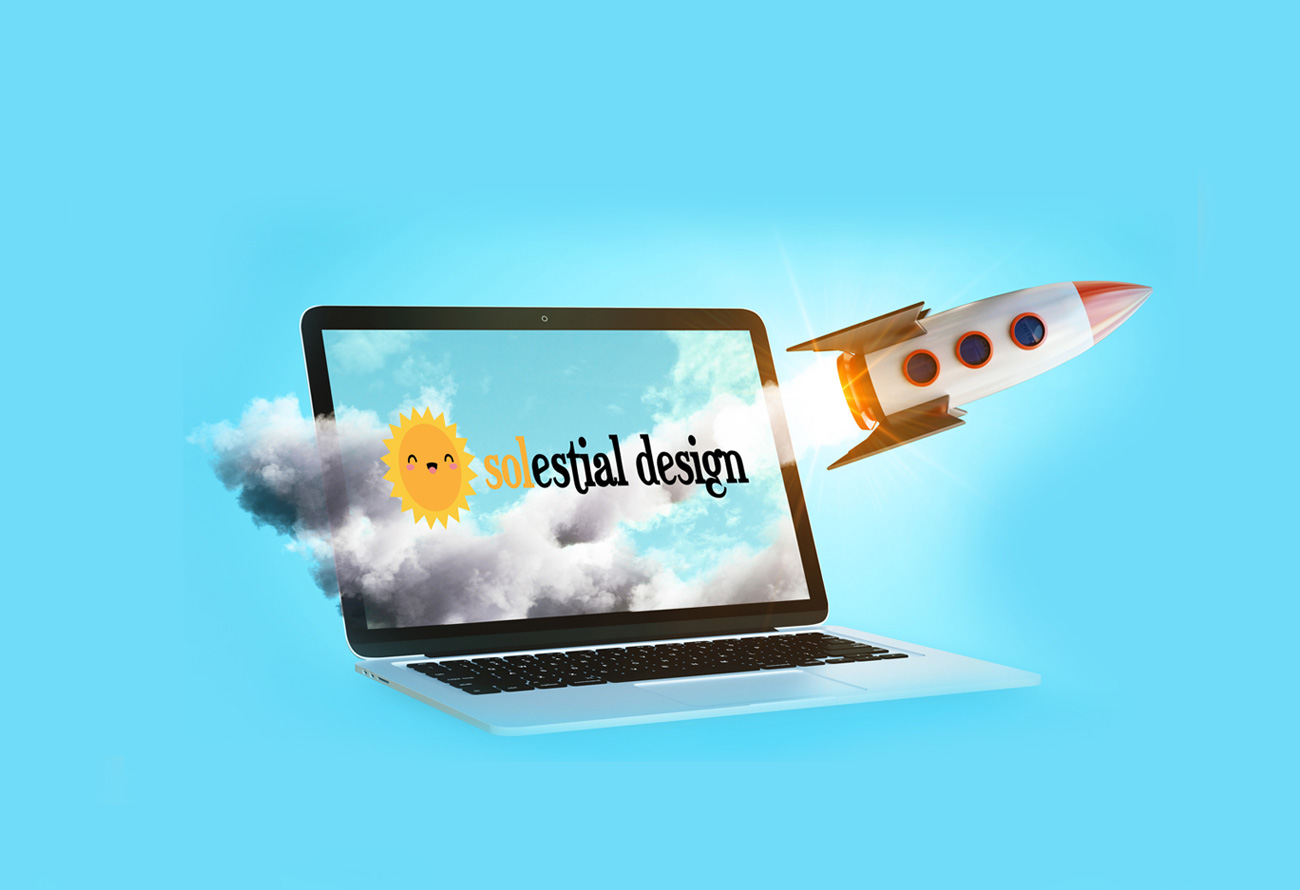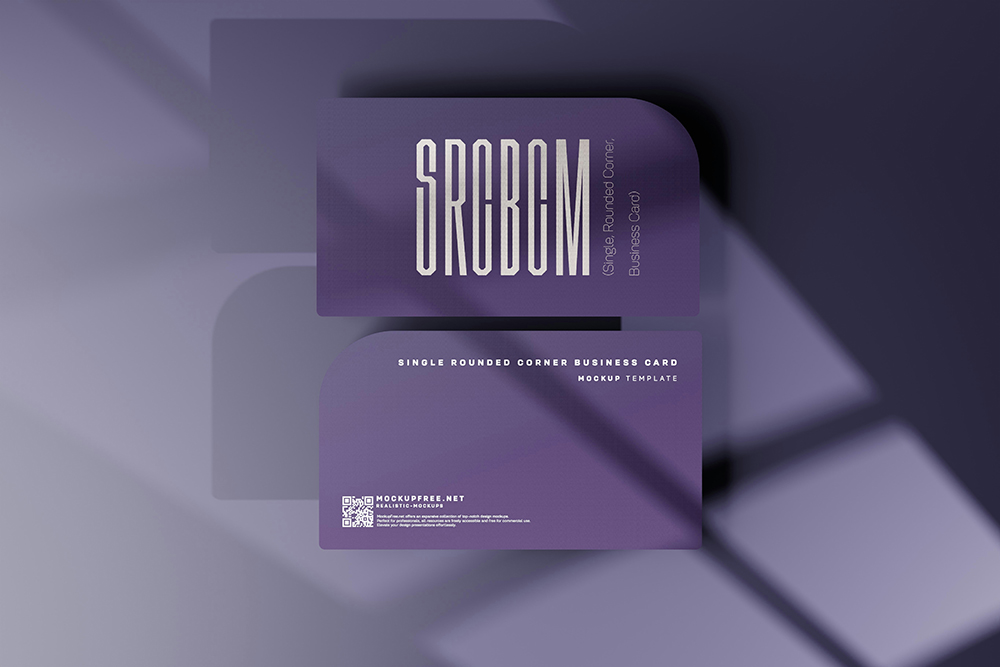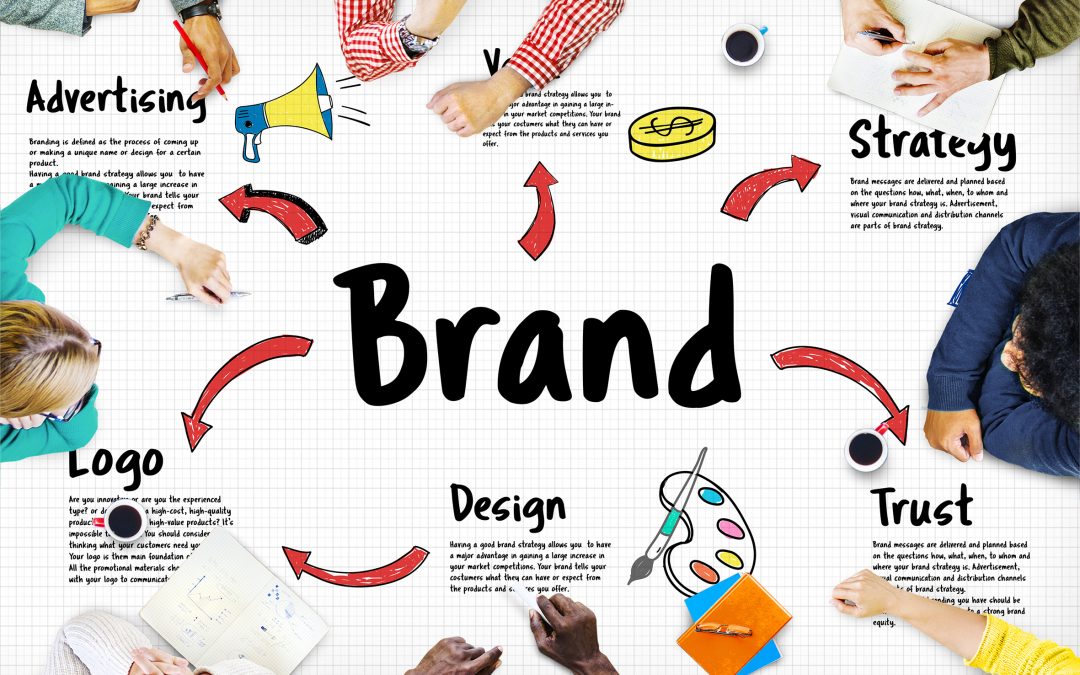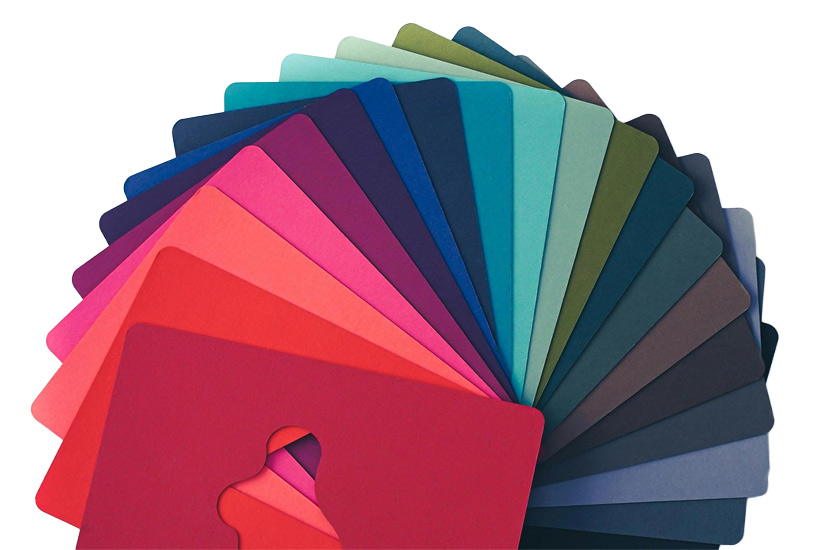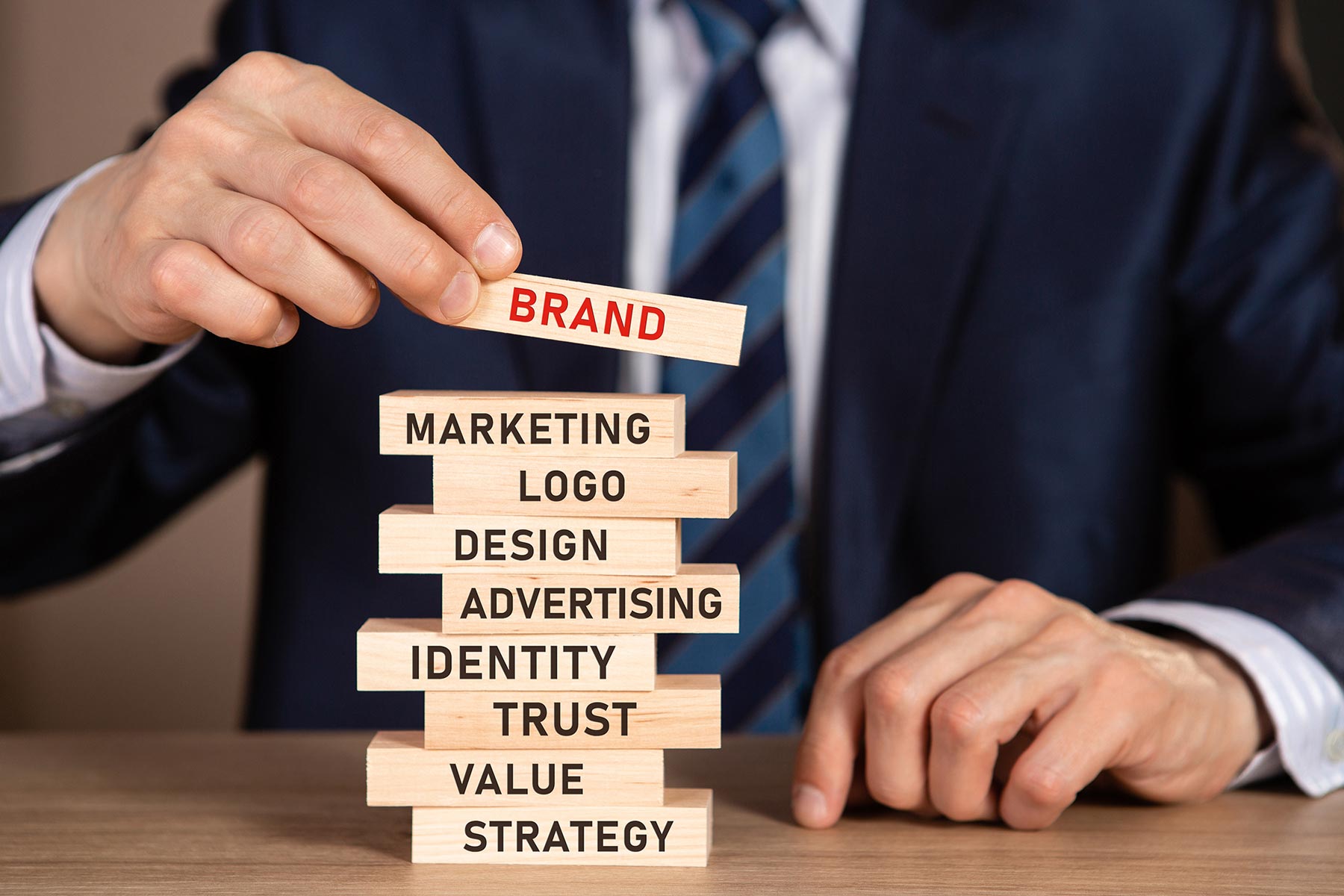In today’s fast-paced world, first impressions are everything. A well-crafted business card is your handshake on paper—a tangible, memorable extension of your brand. Below are the essential components that make a business card not just seen—but remembered.
1. Clear & Essential Contact Information
Your card should include your name, job title, business name, phone number, email address, website, and relevant social media handles. Arrange this logically—logo first, followed by name, then contact details—for smooth visual flow.
2. Strong Branding Integration
Consistency is key. Ensure your logo, brand fonts, and colours are cohesive with your overall brand identity. Your card should feel like an unmistakeable piece of your brand family.
3. Readable Typography & Thoughtful Fonts
Opt for clean, legible fonts—sans-serif styles are highly effective. Stick to 2–3 fonts max, with body text no smaller than 8 pt, and consider making your name or brand name at least 12 pt for emphasis.
4. Adequate White Space & Minimalist Layouts
The standard business card size: 90mm W x 55mm H ensures it fits easily into wallets and cardholders. However, the material you choose can also impact your first impression. High-quality paper stock, matte or glossy finishes, and even premium materials like metal or plastic can make your card stand out but can also increase the cost per unit.
Avoid clutter. Plenty of white space not only enhances readability but signals sophistication and professionalism.
5. Quality Materials & Finishes
Invest in durable, high-quality card stock (16–18 pt is a sweet spot) to convey trust and lasting impression. Premium finishes—like matte, soft-touch, foil stamping, embossing/debossing, or spot UV—enhance tactile appeal.
6. Unique Shapes & Formats
Break from the standard rectangle (3.5″ x 2″) by using rounded corners, square cards, mini formats, or die-cut shapes that reflect your brand’s personality.
7. Tech Integration: QR Codes, NFC, Augmented Reality
Bridge your physical card with the digital world. Include QR codes, or go further with NFC chips or AR features, enabling instant website access or interactive experiences.
8. Tactile & Textured Design Trends
2025 design trends lean heavily into sensory appeal. Embossing, debossing, raised textures, bold letterforms, and tactile finishes all offer memorable touchpoints that stand out.
9. Eco-Friendly Materials
Sustainable design matters. Use recycled, kraft, cotton, or plantable papers to showcase your brand’s environmental values—while still looking premium.
10. Proofreading & Attention to Detail
Typos undermine credibility. Triple-proof your card before printing to ensure flawless presentation.
Why These Elements Matter for SEO & Design Impact
-
Search-ready content: By using targeted, high-value keywords like business card design 2025, QR code business card, eco-friendly business card, and premium business card finishes, this article aligns well with search trends.
-
Data-driven insight: Incorporating recent authoritative sources (2025 design trends, expert tips) increases trust and relevancy.
-
User-focused structure: Scannable headings and bullet points improve readability—key for both SEO and engagement.
A business card may be small, but its impact is huge. By focusing on the right elements—clear contact details, strong branding, premium finishes, and modern features like QR codes—you can create a card that not only represents your business but also leaves a lasting impression.
At Solestial Design, we specialise in custom business card design that blends creativity with strategy. Whether you want a sleek minimalist style, a bold premium finish, or an eco-friendly card that aligns with your values, we’ll help you stand out from the crowd.
👉 Ready to design a business card that reflects your brand and gets noticed? Contact us today to start your project.

